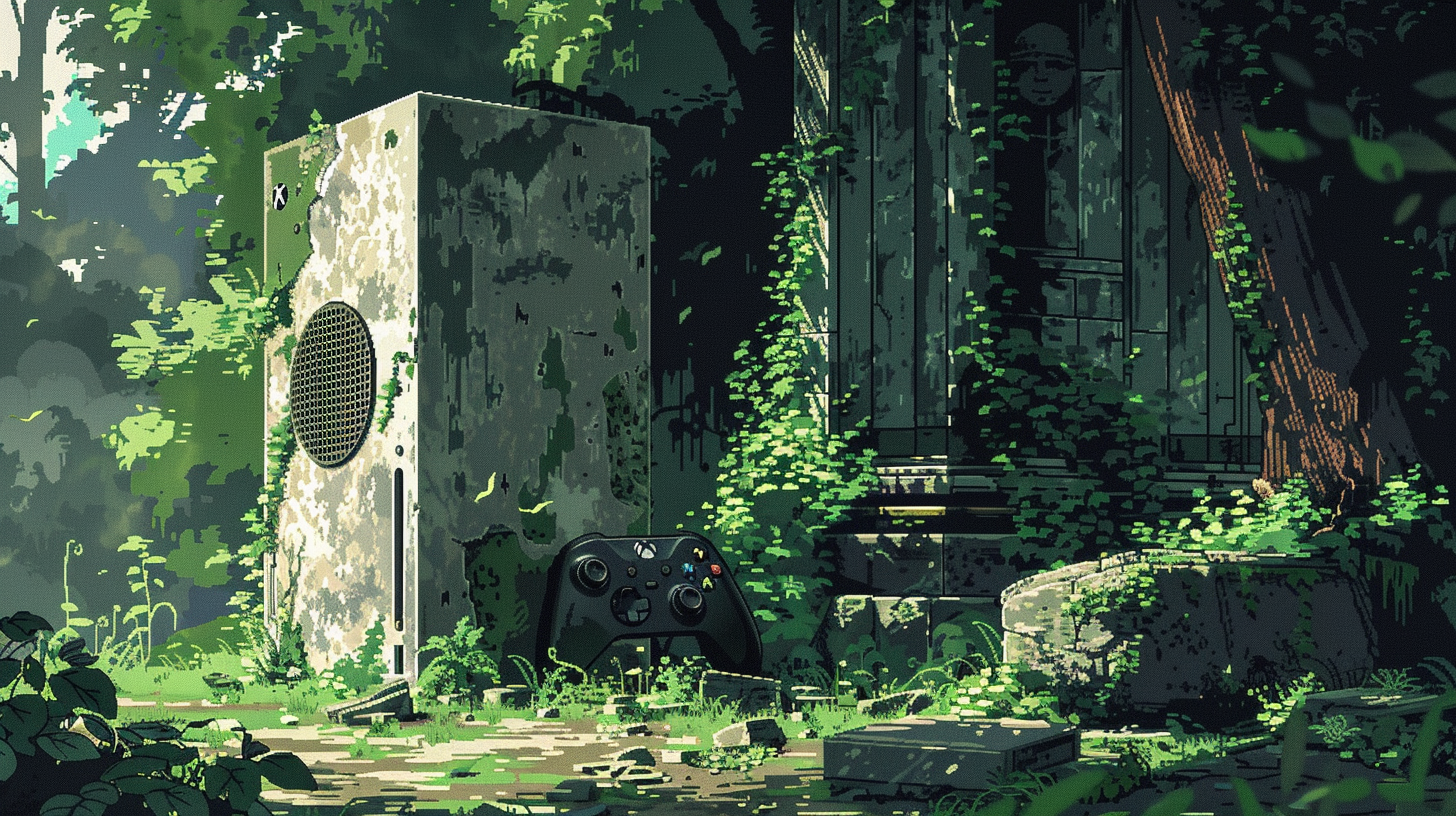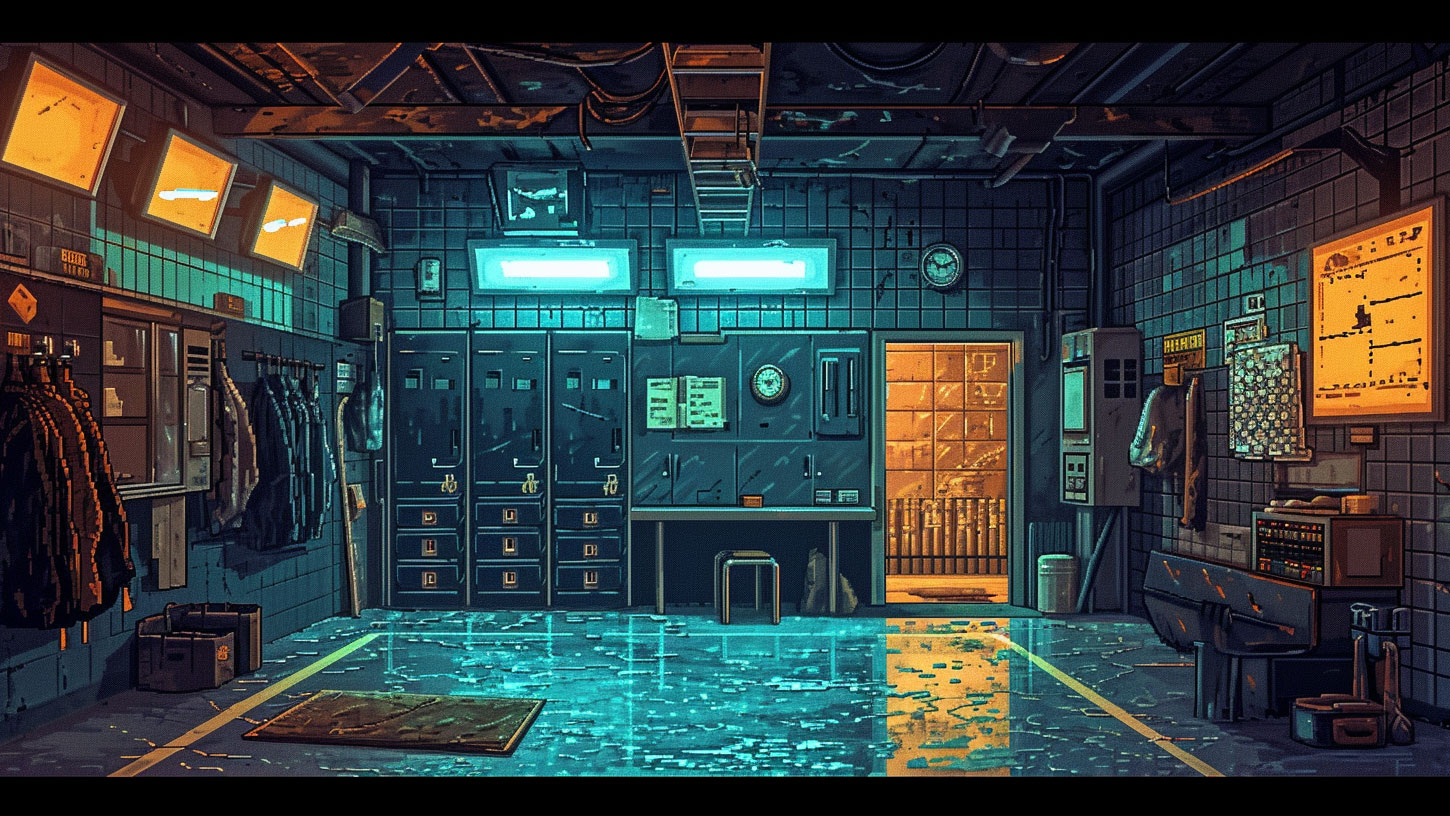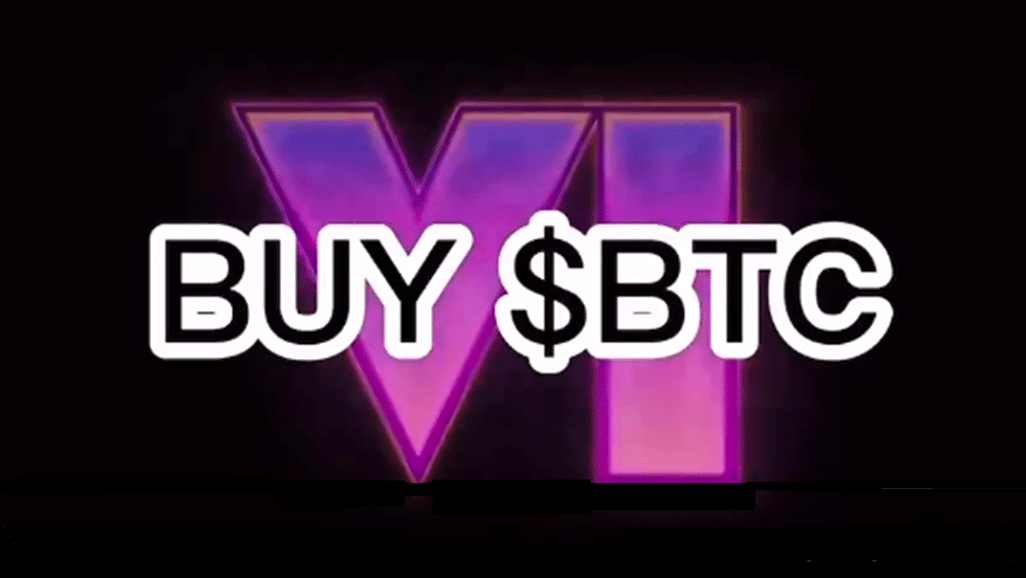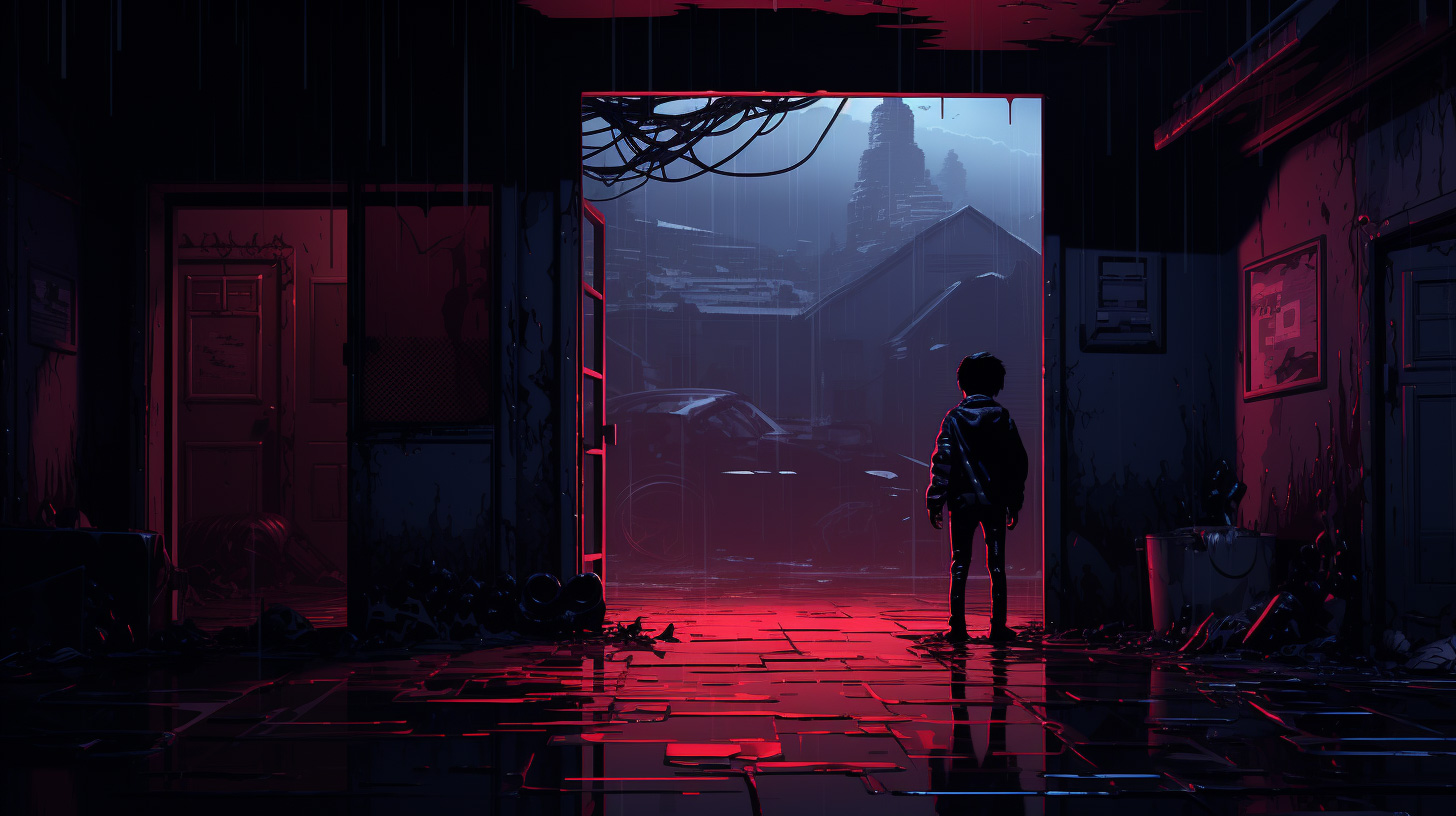“Nobody cares about blockchain being the world’s slowest but most interoperable and consensus-driven database. Nobody cares. That’s not important to the ordinary consumer.”
This year will see a clash of minnows and titans over crypto wallets, according to blockchain savant Sam Peurifoy. Peurifoy says the battleground this wallet war will be fought on is gaming, and the outcome will be crucial to the widespread adoption of blockchain tech.
I spoke with Peurifoy, a partner at Hivemind Capital and founder of gaming studio Playground Labs, for a second time this week following an extensive interview at the end of last year.
Peurifoy is one of my favourite thinkers in the industry: rapid fire and always connecting detail to the big picture. He is convinced and convincing about the role games will play in the widespread adoption of the blockchain.

This has to start, in terms of both individual user journeys and industry progress, with crypto wallets: the secure containers where individuals store their blockchain stuff. It’s a hotly contested area.
“I think a fair comparison is internet browsers, if you consider the wars that went on between Safari, Firefox, Chrome, etc, a decade or so ago. That’s a brutal fight for very real territory.”
Peurifoy says he had seen “hundreds” of pitches for wallet providers over the past two years.
“A lot of these wallets that you’re seeing pop up are one-off companies. The idea is they will create a wallet, it will be the best wallet ever, everyone will use this wallet to sign in.”
“In reality … that’s not how it’s gonna shake out. It’s going to be the large established players who have some territory that they can defend by putting out their own wallet and forcing everyone to sign and use it.”
Plenty of wallet-nots
When thinking about users, Peurifoy divides the world into those who already have a wallet, and those who don’t. From 2 to 4 percent of Americans are said to have a wallet, based on ownership of NFTs (non-fungible tokens, unique digital assets).
“For people in the no wallets camp, if you end up on a game page and they ask you to sign in with a wallet, it’s dead. Easily 99% … will not play that game. That’s a huge user acquisition problem for these games.”
Even for the small minority who have a wallet, there is a great deal of fear.
“I think there is a legitimacy to the fear that someone feels when it’s like, oh my, are they asking for my wallet? What does that mean? Are they gonna steal my stuff? What do they have access to?”
“This again, kind of goes back to my biggest complaint with the entire crypto space, which is UX (user experience).”
Peurifoy says blockchain tech makes it possible to be transparent with users about what they are agreeing to when they attach a wallet to a game, but at the moment most experiences are murky.
“It’s not that the tech is unsafe, per se, it’s just that the UX right now is putting people in a position where they are too confused to make an informed decision.”
Problem with frog-boiling
Wallet sign-in is required for most blockchain games because users taking custody of crypto assets – like game currencies and objects – is an essential part of game value proposition. In a game like Splinterlands, for example, where you own cards and battle with other players using carefully selected decks, you store your cards in a wallet. From here you are free to sell or even lease them, entirely outside the game and without the permission of the game’s publishers.
Aware how forbidding wallet sign-in is for many, some game studios quietly set up a wallet in the background and only after the player is well ensconced mention anything to do with the blockchain.
But such gentle on-ramps come with their own problems, according to Peurifoy. There are two, largely contradictory forces at play: the need for a low-friction interface, and government regulations around financial assets.
“From a UX standpoint, it’s very important, first of all, that your user never feels any friction. They need to be able to come into your game, they need to be able to play your game immediately, without making any type of wallet at all. They need to feel like it’s a natural experience. They don’t need blockchain shoved down their throat.”
“On the other side, you have this regulatory force, around the big idea of custody. What does it mean to hold someone else’s digital assets? How many of someone else’s digital assets can you hold before you are deemed a proper custodian? What types of licenses do you require to move assets between accounts held in the name of someone else versus your own accounts versus external accounts?”
In this environment, when game publishers set up wallets for players and hold assets quietly in the background, it’s not clear how existing financial laws apply.
“It opens up a potentially hairy can of regulatory worms. What happens if you lose assets? Who gets sued? It’s messy.”
“Custodians of assets usually incur certain responsibilities. But game publishers don’t want to incur those responsibilities, and seek to make sure that the gamers themselves are the custodians of their own assets. This is where the interface problem happens: keys, and the possibility of losing those keys and thus the assets.”
While many groups are trying to solve this problem, Peurifoy is yet to see a convincing solution. When I put to him that simultaneously being responsible and not being responsible for assets is like trying to make a perpetual motion machine – ie, inherently flawed – he doesn’t 100 percent agree.
“It is a very thorny problem. I have seen some early examples of things that I would describe as very creative, which to be honest, I’m not even gonna go into right now because I don’t think I can explain them to you well enough.”
Right kind of education

It is common within the blockchain gaming community to regard education of mainstream users as essential to adoption. Peurifoy points out that this is flawed, because blockchain tech is not, and never will be, a mainstream proposition.
“It’s not that blockchain itself is super sexy or interesting, right? Like, nobody cares. That’s really not fascinating to the common person. What is interesting though is what you can build on top of it, and the ownership mechanics that you can imbue on top of these digital assets once it is a common system.”
Growth will begin in earnest, and technical language will recede to the background, when blockchain games fulfill their community-building promise.
“It’s social rule frameworks. The more social fabric that we build around something, the more real it feels to us. So when we do have that social framework of a game … it feels very weighty, it feels physical and it feels real.”
“It is not that we need to educate people specifically, on (for example) what a smart contract interaction is, or how these proxy functions, work, et cetera. It’s not important.”
“What we need to do is we need to explain to people that this is the same philosophy that they’ve already been engaging with for, you know, two, three decades at this point. It’s just codified in a way where now you have more personal freedom and ownership over the ecosystems that you choose to interact with, and the assets that you choose to hold.”
For those building games or invested in the success of blockchain gaming, that will require a significant mindset change.
“We need to meet them in the middle and show them, look, this is actually already what you’re doing in your everyday life.”
Enjoy our reporting? Sign up for the Pharos newsletter and receive an update every week for free.















